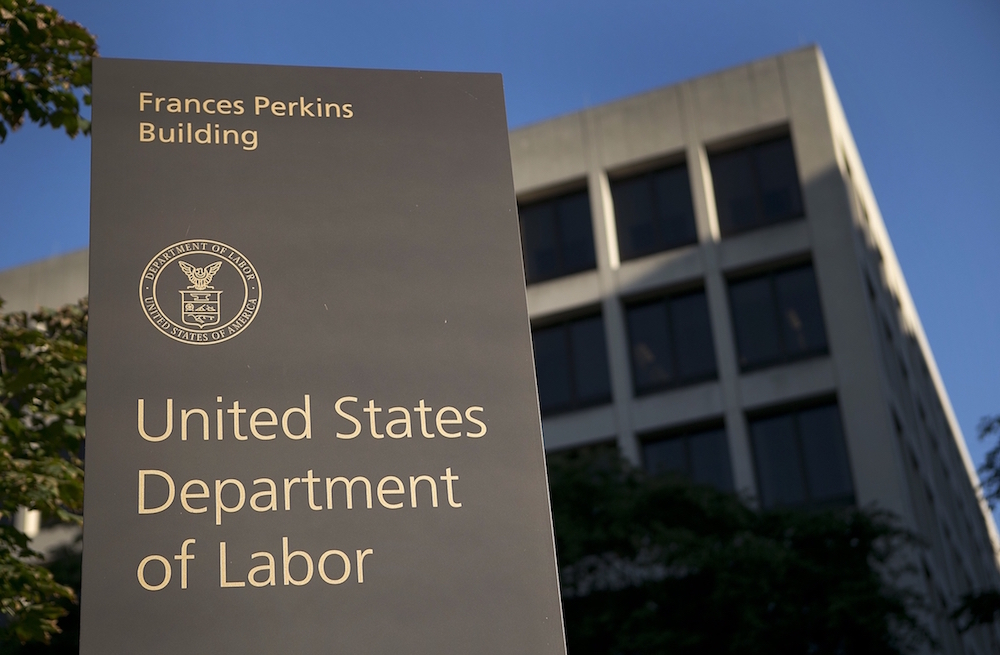
Believe it or not, we get a ton of calls surrounding the Fair Labor Standards Act (FLSA) and the exempt salary threshold, also known as the “overtime rule.” Below is a stack of questions that we have gotten over the past few months. Take a look and if you have any questions at all concerning this subject matter, please feel free to contact us at any time.
Q: What is the new rule and when does it go into effect?
A: The “new rule” is simply the same rule with an increase in one part (minimum salary) of the three-part test to determine which positions qualify as exempt (excluded) from overtime and other protections under the FLSA. The increase in the federal minimum salary level will go from $23,660 to $35,568. This is often referred to as the “white collar” exemption. This new exempt salary level will go into effect on January 1, 2020.
Q: Do nonprofits have an exemption from the increased salary threshold?
A: No. Neither the FLSA nor the Department of Labor (DOL) regulations provide a blanket exemption from overtime requirements for nonprofit organizations.
Q: Does the salary calculation include benefits such as Paid health?
A: No. Any benefits you provide and pay for cannot be included in the calculation for the minimum salary level.
Q: If we pay an employee more than $36,000 a year, can we automatically assume they are exempt from overtime?
A: No. In order for a position to qualify for an exemption, three test areas must be met. ALL of the tests, not one or two, all three: 1) The position must be paid a salary; 2) The position must be paid at least the minimum salary per federal or state law (whichever is most beneficial to the employee); 3) The position must meet the job duties test (each exemption has different duties to qualify).
Q: Is the exemption always tied to the position? If we have a group of people earning more than $40,000 in a position and have another group of people earning less than $36,000 in the same position – can we simply reclassify the two positions – one with non-exempt duties and one with exempt duties?
A: Yes. It is the job duties, level of responsibilities and what/how a position is paid that determines whether a position qualifies as exempt or nonexempt. As for reclassifying the two positions, one as nonexempt and one as exempt, the answer is yes, as long as the job qualifies as well as being paid at least the minimum exempt salary level and paid on a salary basis.
Q: If an employee is currently exempt based on their job duties, can they be paid hourly/get overtime instead of giving them a raise to $35,568?
A: Yes! That is a very viable option and one that a majority of nonprofit organizations will be doing with many of their current exempt staff that are paid less than the updated minimum. You always have the ability to make a position nonexempt even if it qualifies as exempt. How it is communicated will be critical. Briefly talk about, recap and explain the change in the salary threshold. Let them know that these standards are set by the federal government and NOT by your organization. Inform them that the salary level was increased and that you can’t or may not be able to increase everyone’s salary to be in compliance. Remember, you cannot have an exempt position be paid on an hourly basis (except in rare instances).
Q: So, if an employee is currently exempt but earns less than the new threshold, did I understand that the reason for reclassification of the position/employee from exempt to nonexempt status can be based solely on the new legislation salary threshold? Or must there also be position responsibility/duty changes to justify the change to non-exempt?
A: Yes, absolutely you can and should explain the increase in the salary threshold for exempt employees and there does not need to be any change in their job duties or responsibilities.
Q: Is work done at home counted in total hours? What about on-call?
A: Nonexempt employees should track all time worked. It is required under the FLSA. You must pay them for travel time (not commuting to/from work), waiting time and controlled on-call time. Controlled on-call means your employee would be limited geographically; respond quickly to a call (timing of response time is key); must remain on the employer’s premises; or wear a uniform.
Q: If an employee works nine (9) hours one day and seven (7) the next day, do you still pay overtime for the one (1) hour or is that dependent on your state in regards to hours worked per day or per week that determines overtime?
A: You are correct, it depends on what state the employee works in. If your state has daily overtime (more than eight hours in a day) then in your example, you would be required to pay one hour of overtime for any time worked over eight hours in a day. If your state does not have daily overtime then there would be no overtime owed for that week assuming the other days worked did not exceed a total of 40 hours.
Q: If we have an employee that works one (1) hour of overtime in one week, can we require them to shorten the following week by 1.5 hours to maintain our budget?
A: Yes. However, it’s best to contain these fluctuations within the same work week and pay period.
Q: Can we substitute Compensatory Time (Comp time) for overtime?
A: No. Comp time is only an option if you are a government employee employed by your state, city, county or the federal government.
Q: Is there any chance that the legislation will be repealed prior to December or shortly thereafter like it was the last time? By when would I need to comply? We are concerned that if we have change discussions and then those changes are no longer legislatively required.
A: While it is possible, don’t count on it. Plan on being in compliance with the updated salary threshold prior to the January 1, 2020 implementation date.



